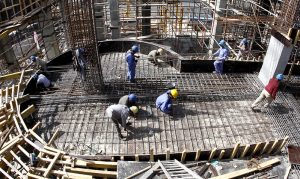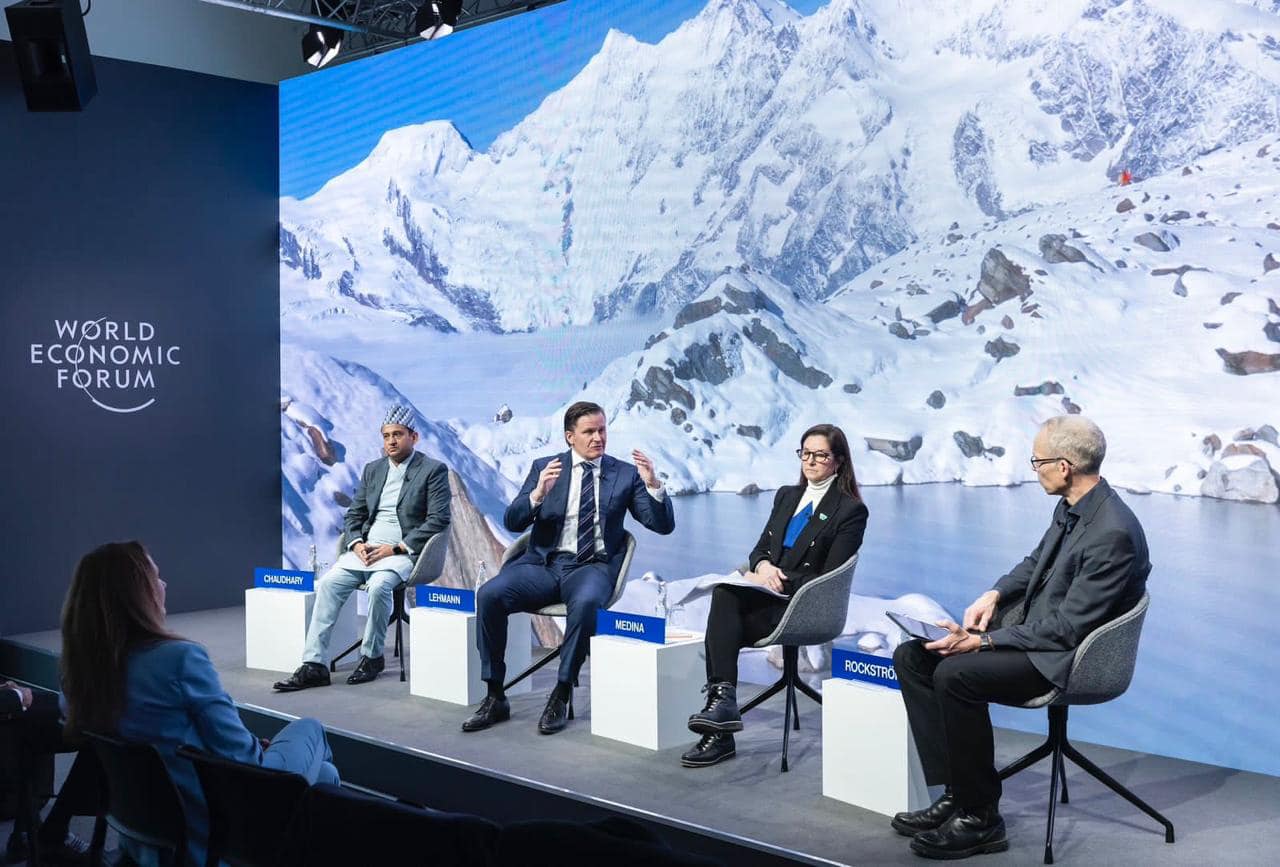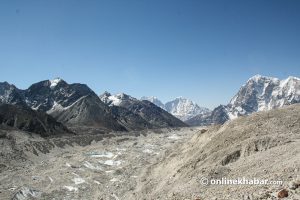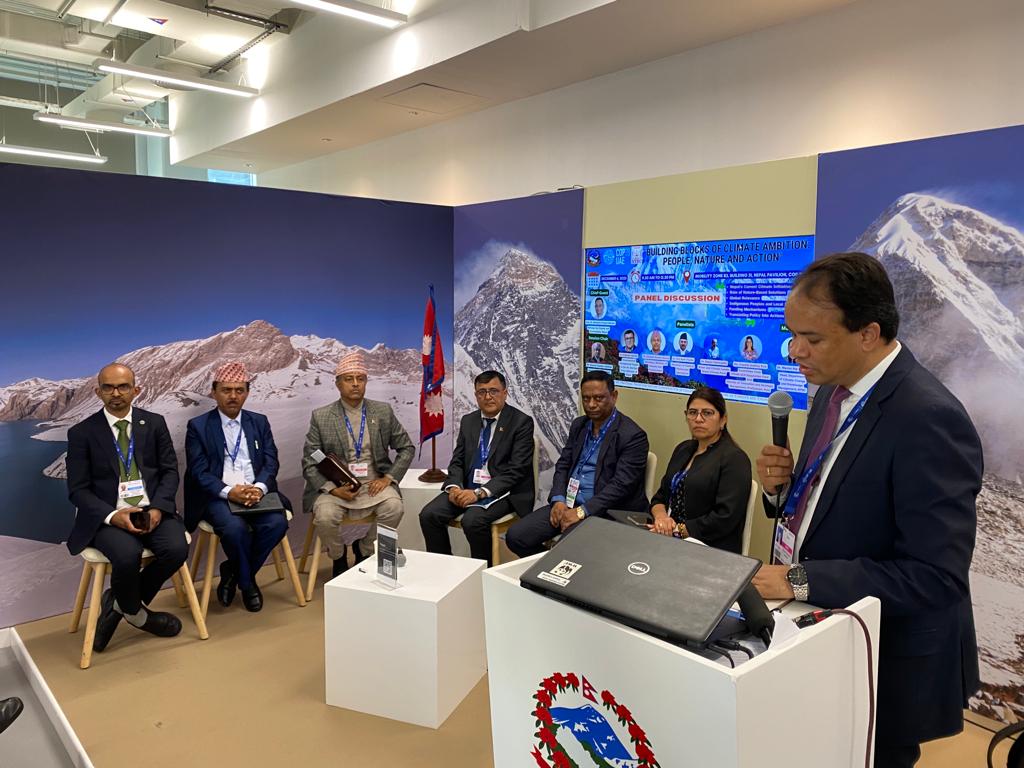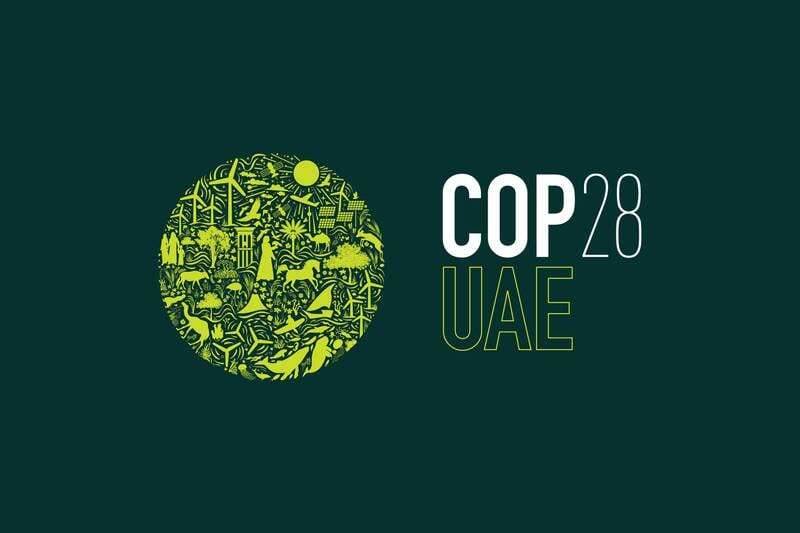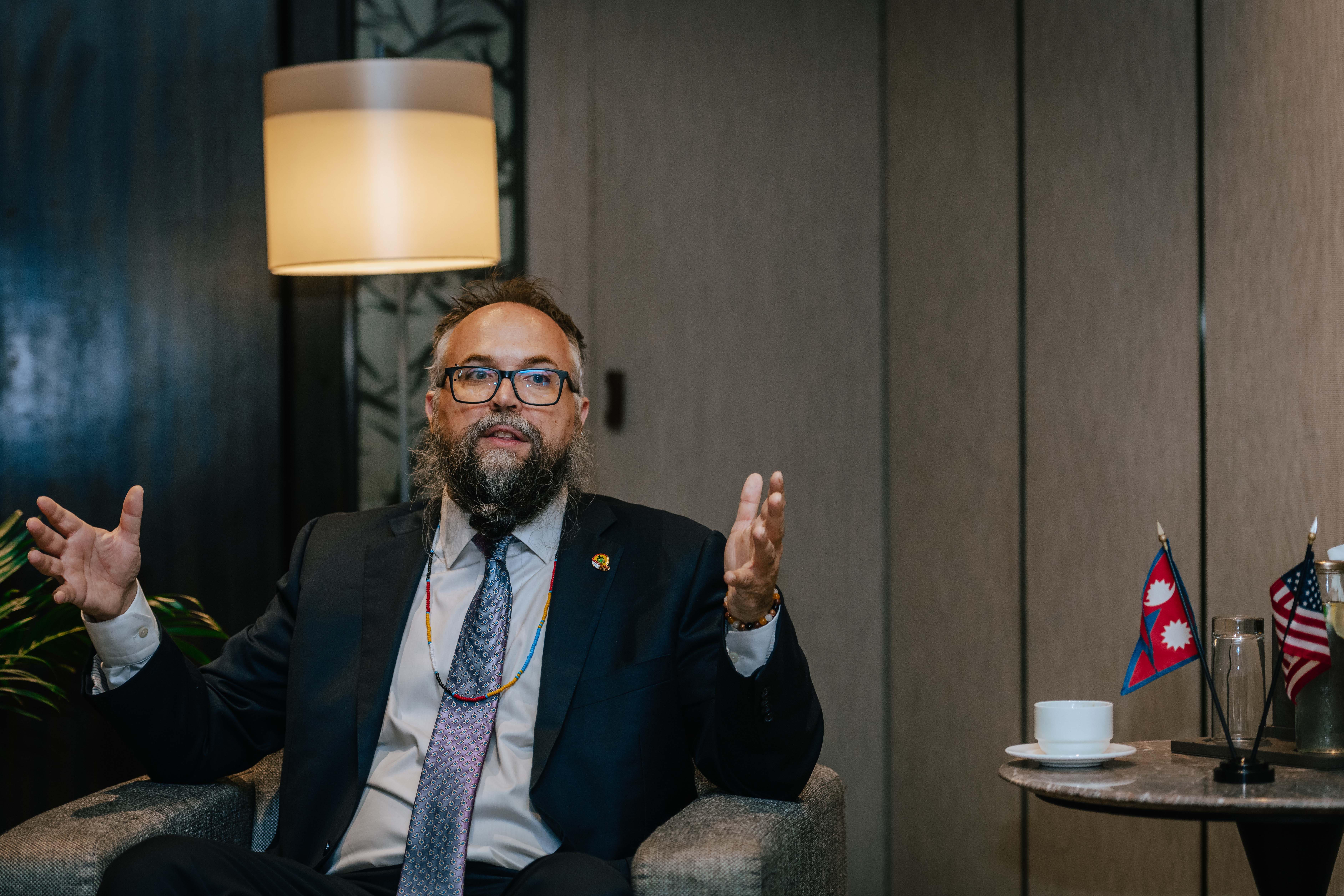
In the burning issue of and around climate change, its impact on the marginalised or indigenous communities is always ignored as well as their role in the mitigation. Recently, the gap has been recognised, and communities are becoming increasingly involved in discussions on various levels.
Researchers and scholars are also expressing interest in learning from the generations-old knowledge held by these communities, with the hope that it will lead to more organic contributions to understanding climate change and its impacts.
Kyle Whyte is a professor at the University of Michigan specialising in environment and sustainability. Currently serving as a US science envoy and contributing expertise, Whyte is deeply committed to advancing environmental justice.
Over the course of nearly a decade, he has been closely affiliated with numerous organisations that promote indigenous research and education methodologies. His passion for environmental justice is deeply rooted in his understanding of the challenges faced by marginalised communities. His pivotal project, the Energy Equity Project, investigates the inequities that disadvantaged and indigenous communities face in the energy sector.
Whyte in his recent visit to Nepal, met with stakeholders to discuss the issues of climate change and impacts on the indigenous communities. Onlinekhabar caught up with him to discuss and get more insight on the same. Excerpts (Edited and reordered for clarity):
Could you brief us about your experience in Nepal? What have been your observations during this visit?
It was a great experience here, a tremendously positive week of intercultural exchange.
In the United States of America (USA), we have hundreds of tribal nations, different cultures, and different communities, and we’ve benefited a lot from leading our own research on environmental and climate issues. And it was wonderful to be also in a country where there are many, many diverse indigenous peoples here, diverse local communities, and to learn from them and share some of our success stories.
Indigenous communities in the US are asking questions like what if we restored our customary practices? Would that help? What if we restored our ancient burning practices, ones that were outlawed by the state, and then started researching, could we protect the indigenous habitats but also create climate resilience?
And so here in Nepal, it is similar, whether it was the Shyagya Tradition Preservation Act 2023 or a number of other cases, indigenous communities here have been also asking the same question. Can our customary practices mitigate climate change? Can they also support conservation, especially with regard to forestry, among others?
But we need to do the research to understand exactly how vulnerable they are and then implement them better or protect them from being threatened.
Could you elaborate on how vulnerable indigenous communities are to the effects of climate change, and how are they coping with it?
In my own research, which has primarily focused on North America, we have discovered that for any climate change impact—be it severe weather events, rising temperatures, or shifts in precipitation—indigenous communities are the most vulnerable and bear the brunt of these predominantly human-induced climate changes.
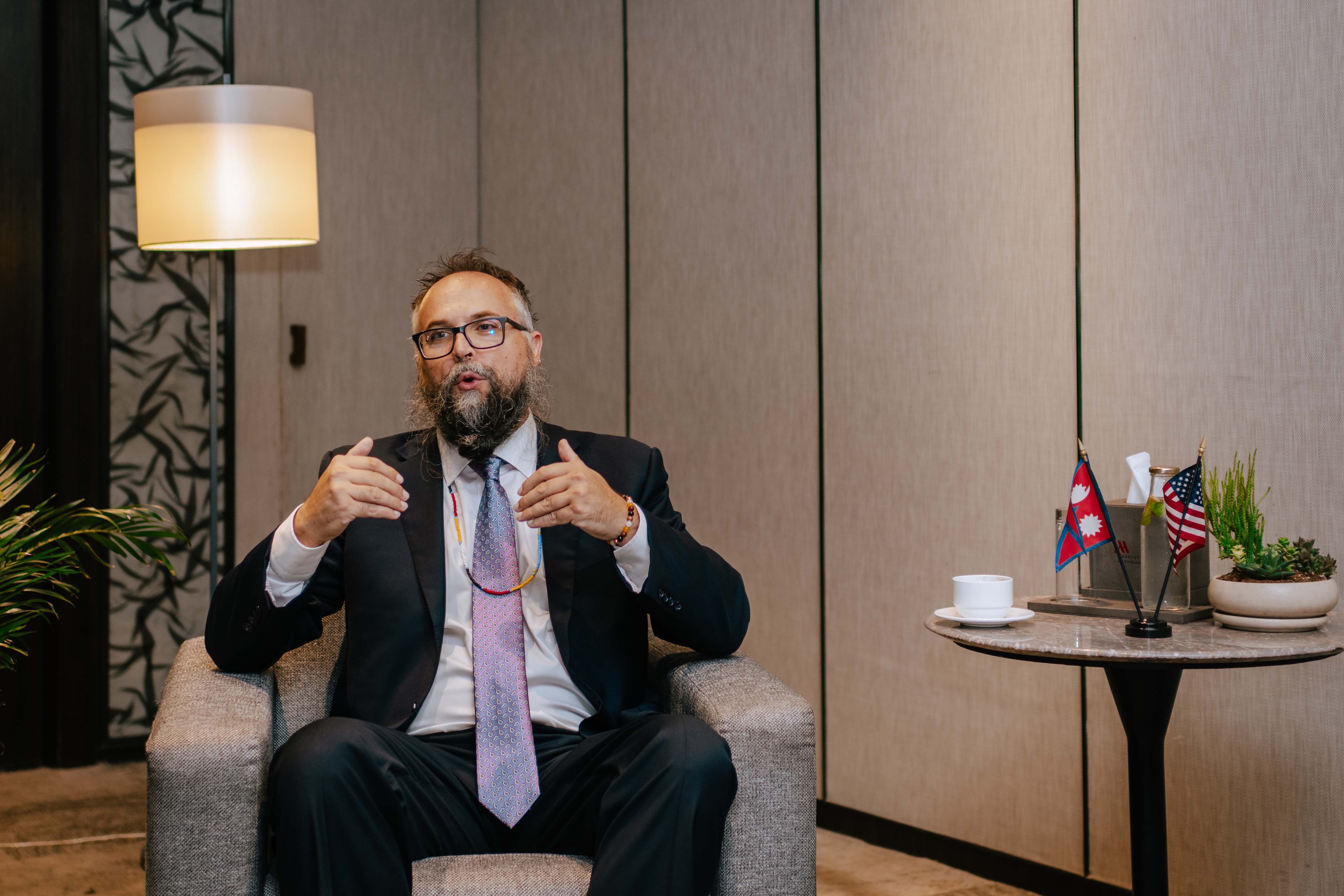
In the USA, the first communities that are having to permanently resettle due to climate change-related environmental disasters are indigenous communities. Some others are right now losing parts of their culture as well as languages with the loss of their settlement areas. Meanwhile, many non-indigenous communities are concerned that they might experience these things in the future as well.
From my conversations and what I interpreted, people from the indigenous communities here in Nepal are also facing heightened risks and harm from climate change.
Here I would like to highlight that, in my research, I found that climate change impacts are not more severe to indigenous people because they live in the wrong place at the wrong time. Rather because the land area shrunk, the communities were isolated, and they faced economic deprivation and a lack of resources to deal with climate change or environmental issues.
The rights of these communities have not been accorded the level of respect they rightfully deserve from companies and various stakeholders. This has resulted in even more pronounced impacts of climate change. In Nepal, I observed similar circumstances: these communities are already marginalised in terms of technology, access to information, and resources.
Could you give us examples of how we can highlight and talk about their problems? How we can encourage those communities to talk about it?
If you look up the literature on indigenous people and climate change, there’s almost nothing there that connects a climate change impact to how it’s experienced within an indigenous community locally.
When it comes to climate change information based on climate change trends they are more about counties or states, but tribes (indigenous communities) are not counties or states. There needs to be climate data that is connected to a specific locality, which might show a different trend. That is the only way to the bottom of what climate change means in that local context for people from that community.
Historically, indigenous communities like my tribe–the Potawatomi Nation–had our own educational institutions, we had our own research institutions, produced research knowledge and passed it to future generations–exchanged and traded knowledge with other tribal communities across all of North America.
In the United States, the National Climate Assessment has a chapter that is focused on indigenous communities and the majority of authors are indigenous, some of whom are themselves indigenous knowledge holders, not just academics. And that provides a powerful voice because then we do meetings and workshops with communities to contribute to that chapter; it is in line with the country’s law as well.
So we need more indigenous people to be able to ask questions about what should be researched and discuss how research methods, whether indigenous or scientific, can be translated to a local environment. More so because the scientists/researchers are very unfamiliar with the communities, as they haven’t lived in those communities for generations. So it’s important that we uplift the idea that if we’re serious about research on climate change for the more significant benefits.
Participation is of course important for the research, as you highlighted, but are they responsive when researchers get in touch with them? What is the best way to take the discussion out of the papers and closed spaces?
In Nepal, I met with a number of young people this week and I could sense that they were trying to struggle with the dilemma they were facing, that on the one hand, they want to do research on climate change and conservation where they get to work directly with their communities, but there’s no job for that. So then they’re working for NGOs, they’re working for governments or cities, far away from the problem they want to solve, serving a different set of interests.
And so we want to figure out ways to support indigenous communities in the way that it was in the past, where we had our own research institutions, meaning people who lived in the community could be researchers.
In the US, over the last two to three decades, we have made a lot of progress. We’ve been advocating for this idea of indigenous-led research where we have to be designing projects. As a tribal member, first and foremost, I do research that tribal leaders and tribal communities have called for rather than what my university or the state has called for, and research about climate change impacts.
We want to see how changes in water levels affect wild rice, and how the (lack of) burning in a particular territory exacerbates climate change impacts native plants and animals in that territory. I work with those tribal communities to build out those projects and we find ways so that they can be published to, one, make sense to people locally in terms of how they respond and adapt to climate change, but then also to publish that information in ways that make sense to policymakers.
But the problem we need to fix is education. We don’t want this to be in a situation where indigenous people are asking the research questions but then non-indigenous people are the ones applying the methods. We want younger people from the indigenous communities to be the ones that are dominant within the projects.
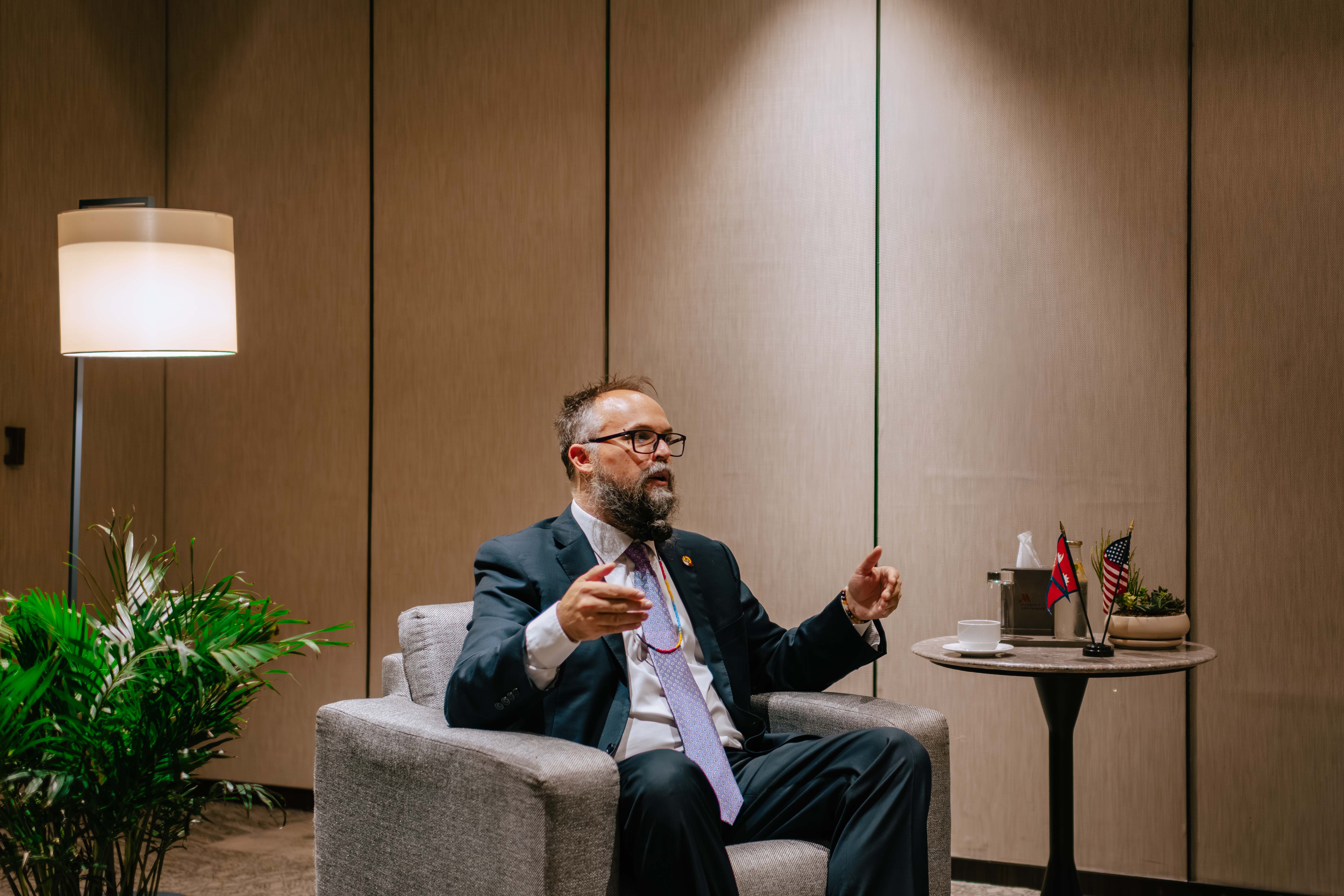
Whenever we talk about climate change and its impacts, a lot of big words are thrown in, but do you also see the same kind of understanding among those belonging to indigenous communities, specifically in Nepal?
This is the issue, actually, and it came up in a number of conversations here. Closed discussions often voice that they want the indigenous communities to talk about climate adaptation, and not mitigation, relocation or development. But that’s extremely unproductive, and so is the jargon because indigenous people, including in Nepal, will be able to speak only briefly about what is happening in their communities.
The big concept talked about in closed spaces will already put them at a disadvantage. We need to start and support meetings that encourage exchanges between the participants where they can learn from each other. The conference we held here was called ‘Indigenous Research and Education’ where environmental and climate issues were the focus and that’s all. And interestingly people from the communities came with their own rich descriptions and shared what they’re experiencing in their communities, which then opened up more options for what the solutions might be.
So there is interest from international scholars or donors in Nepal regarding the indigenous communities and exploring their knowledge. Do we see any progress?
A huge part of what we achieved this week is a number of recommendations to international donors and agencies about how they can support indigenous communities with respect to climate change and other topics. We got those solutions out there and the message to the right people, government, NGOs, scholars, and others. But the lasting message is, it’s great that there are many allied scholars out there that are willing to help.
So we talked about how those agencies can better support capacity building and better inform communities, especially ones that are more remote, and empower youth from these communities. We also talked about the importance of long-term funding arrangements and the importance of workshops and programmes where indigenous people get to inform each other about what the solutions might be.
But until we’re able to support the next generation of indigenous communities with deep roots in the community to ask questions, write up the research, and disseminate it, then we won’t have made the progress that we need to make. So that should be the next focus area. We need indigenous customary practices–that have pre-existed the climate crisis–to be restored and credited for their contributions to keeping its negative impacts lower than they would be.






